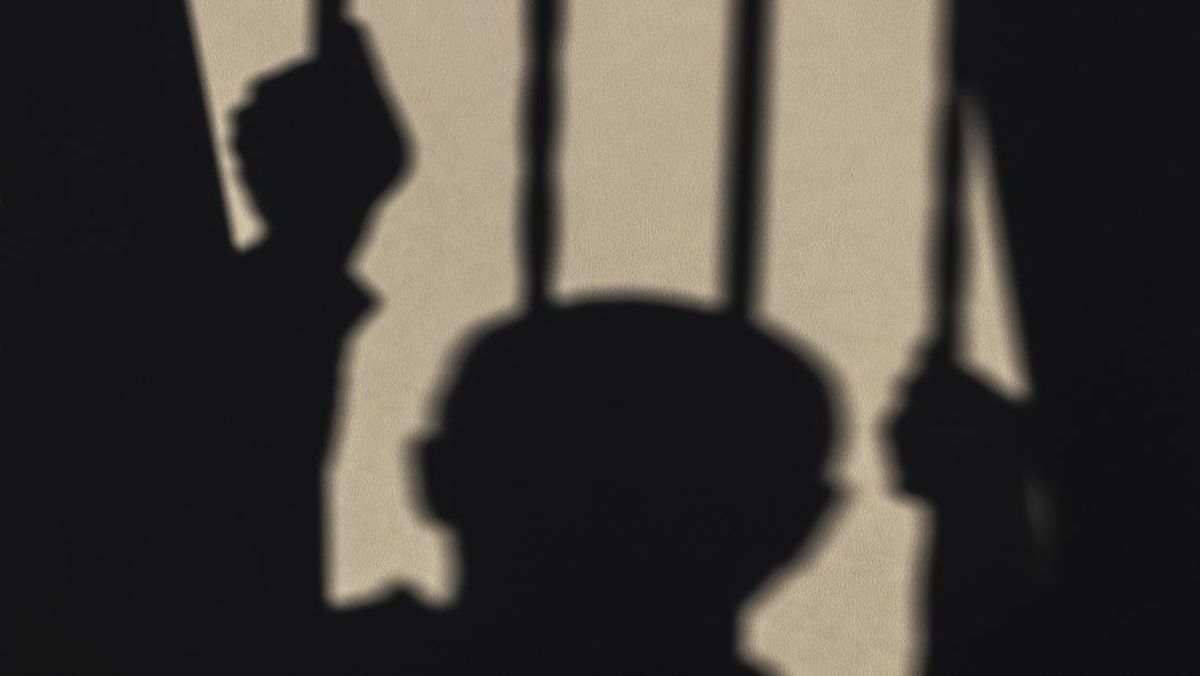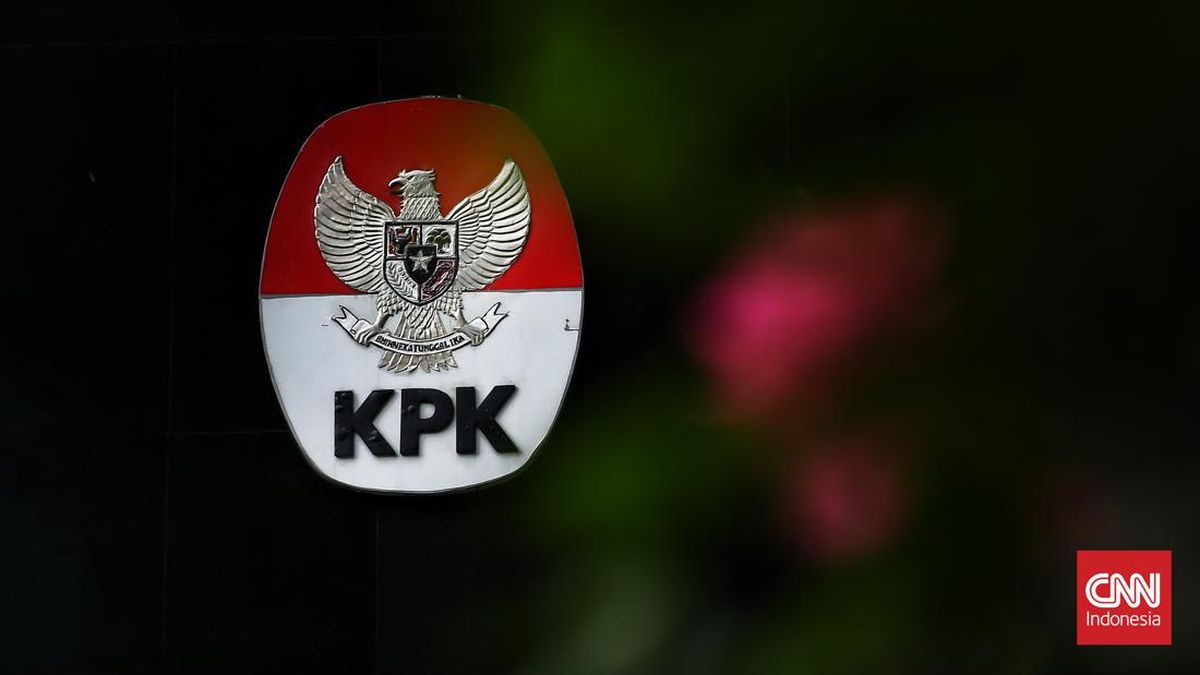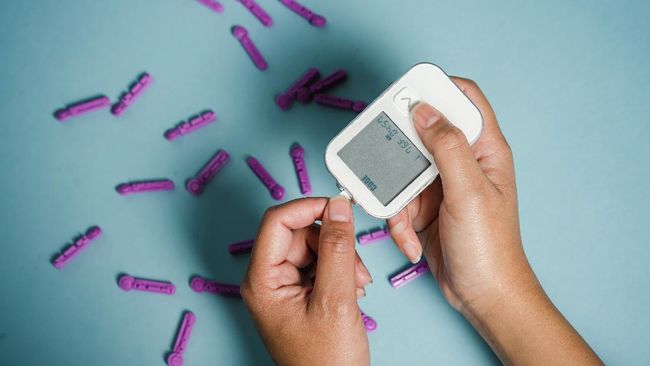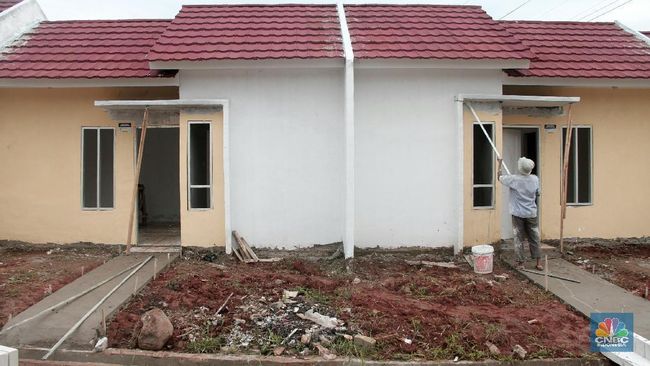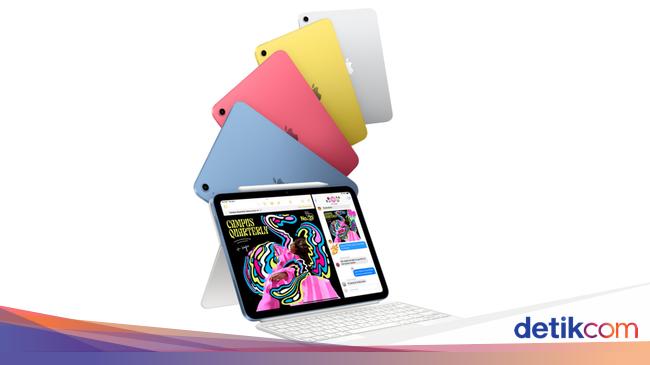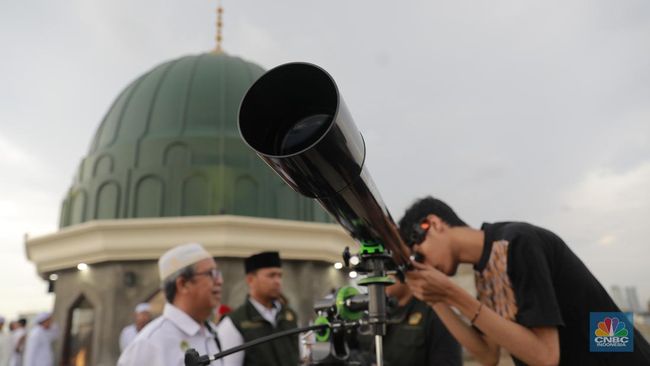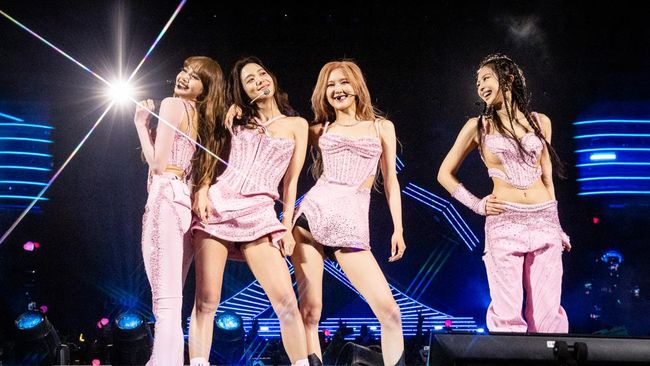After months of rumors, Fujifilm has finally, officially announced the X Half, a very compact camera designed to mimic half-frame film cameras and early 2000s point-and-shoots. It takes vertical photos and videos, aided by an optical viewfinder and vertical screen. I spent a few hours testing out the X Half, and it is, as Fujifilm hoped, quite fun. It's the kind of thing you'd bring on a night out with friends, kept handy in a purse or pocket, so you could capture moments without needing your phone.
Its price might give you pause, though. Here's a little preview based on my little time with this little camera.
The hardware
It's positively tiny, though a bit bigger than the smallest digital cameras from the 2000s.
Geoffrey Morrison/CNET- 17.7 megapixels (3,648x4,864 or 7,296x4,864 for 2-in-1 images)
- 1-inch sensor
- 32mm f2.8 lens (35mm equivalent)
- Optical viewfinder
- Fujifilm film simulations
- 240 grams (8.5 ounces)
Specs don't tell the whole story with this camera, but they're still interesting. A 1-inch sensor isn't unheard of in a camera this size. The Sony XV-1 II is basically the same size and has one, though it's even more expensive. Most, like the less expensive Panasonic ZS99, have far smaller sensors. The X Half's sensor is oriented vertically, like the rear screen. This speaks to the main design intention of the X Half. This is a camera for taking photos you can quickly and easily share on social media. Images have a 3:4 aspect ratio, as does video (1,080x1,440).
The only dials are exposure and aperture. Yes, that's a film advance lever, and it actually has a use here, beyond just retro style points.
Geoffrey Morrison/CNETOne of the X Half's main tricks is the ability to take a side-by-side image, which Fuji calls a 2-in-1. You can see some examples later in this preview. Take a photo, "advance" the film using the retro film advance lever, and then take another photo. Both images are saved individually, but the camera also combines them into a third image where they're side by side, separated by a line with a style of your choosing. The same trick can be done with videos, and perhaps most interestingly, both photos and videos.
The X Half (right) next to the X100VI.
Geoffrey Morrison/CNETBeing a Fuji camera, the X Half has Fuji's famous film simulations. These alter the image in ways you'd typically be able to get only with significant editing. More than just a filter you can add in Instagram, these change, sometimes dramatically, many aspects of color and tone.
A small secondary screen on the back shows you the active simulation mode, as if you're looking at a film roll inside the camera, and you can swipe through the different modes while looking at the main screen, to see how they look. In addition, there are "creative filters," like "toy," "high-key," "light leak" and so on, which are more like what you'd find in other point-and-shoot cameras. I wasn't able to test them all, but some of the ones I did use were pretty fun.
Vertical screen and optical viewfinder. The secondary screen on the left usually shows the active film simulation. It's also a touch screen, so you can swipe through. This works as a secondary screen for some menus and settings as well.
Geoffrey Morrison/CNETThere's also a mode called film camera, which locks the X Half into the film simulation mode of your choosing, for 36, 54 or 72 images. In this mode, there's no preview, and other options are limited. It essentially forces you to use the X Half like a film camera. I know some photographers like these kinds of limiting challenges. I'm not a fan, perhaps because I grew up with the limitations of film, but I understand how many people enjoy them.
The new X Half app wasn't ready for us to check out, but it should have some interesting ways to "develop" the images taken in film camera mode and make/adjust the 2-in-1s.
The X Half uses the same battery as other Fuji cameras, has an LED flash and is Bluetooth enabled. It can also be connected to one of Fujifilm's Instax printers for instant-film prints. The camera I tested had a silver top, but the X Half will also be available in all black or with a charcoal top.
Hands (well, hand) on
The side-by-side "2-in-1" format lets you juxtapose images for any number of creative reasons. This can be done in the camera (most of the following examples), with the upcoming X Half app, or if you capture two things you really want to put next to each other during your short time with the camera and you don't have the app yet (me), you can do this in most photo editing software later.
Geoffrey Morrison/CNETThis is an adorably small camera. A palm-of-your-hand device that can fit in your pocket when not in use. Walking around downtown LA, I found that the X Half practically disappeared when I wasn't using it, hidden from view, cupped in my hand. When I'd see something interesting, even if I'd turned it off after the last shot, it'd be ready to go in moments. Selecting different film simulations was super easy. All you need to do is swipe the secondary screen.
Using the X Half is surprisingly similar to using a GoPro. Almost everything is accessed via swipes and taps on the rear screen. The only dials are just for exposure and aperture. Personally, I love dials on cameras, but this was easy to navigate and probably more so for people not used to larger cameras. A switch on the side enables the built-in flash.
The side-by-side images are a clever way to really tell a story. For instance, one image can be an establishing shot, the other a close-up. Or both can be versions of a theme, different angles and so on. Earlier, I said I didn't enjoy film-camera-like challenges, but this kind of challenge I did like. I'd find some interesting image, and then see if I could find some matching or contrasting image nearby. It was a different way to approach photography, compared with what I'm used to, which is (here's that word again) fun.
You in there, Deckard?
Geoffrey Morrison/CNETSince I had only a few hours with the camera, I can't give a final verdict on the image quality. My initial impression is that it seemed decent, with good color reproduction. Low-light wasn't great but seemed acceptable. The images you see in this preview are all unedited.
One of the built-in filters lets you select a single color and strip out all the others. Not a particularly new concept, but it works well here.
Geoffrey Morrison/CNETPrice, availability and who this might be for
2-in-1 created in Photoshop, otherwise unedited from the camera.
Geoffrey Morrison/CNETThe X Half is unquestionably for a specific demographic. If you don't understand why someone would want a small, vertical camera like this, have no fear: You're not the demo. I described the camera to a friend who is likely the demo, and she got the idea immediately and wanted one. Is it possible to do just about everything the X Half does with your phone? Sure, but that's true of any camera. The trick here is being able to skip the editing process, plus the benefit of not being on your phone all the time. That, and the fact that the X Half is adorable.
One concern, though, is the price. At $850, this might be well beyond the budget of the very people who'd enjoy it most. While I was testing it out at LA's Grand Central Market, one of the shop owners took an interest. After I described it to her, she seemed really interested but asked, "Is it expensive?" I told her the cost, and her disappointed response was, "Oh, yeah, expensive." Everything is getting more expensive these days, but for only a little more money, someone could get the Ricoh GR III, our current pick for best point-and-shoot travel camera, which has a much larger sensor and is also conveniently small.
However, neither the GR III nor any other camera right now has the X Half's "fun" factor. Is that worth the premium? We shall see when I test one some more after its launch in late June.
In addition to covering cameras and display tech, Geoff does photo essays about cool museums and other stuff, including nuclear submarines, aircraft carriers, medieval castles and epic 10,000-mile road trips.
Also, check out Budget Travel for Dummies, his travel book, and his bestselling sci-fi novel about city-size submarines. You can follow him on Instagram and YouTube.

 3 months ago
32
3 months ago
32
